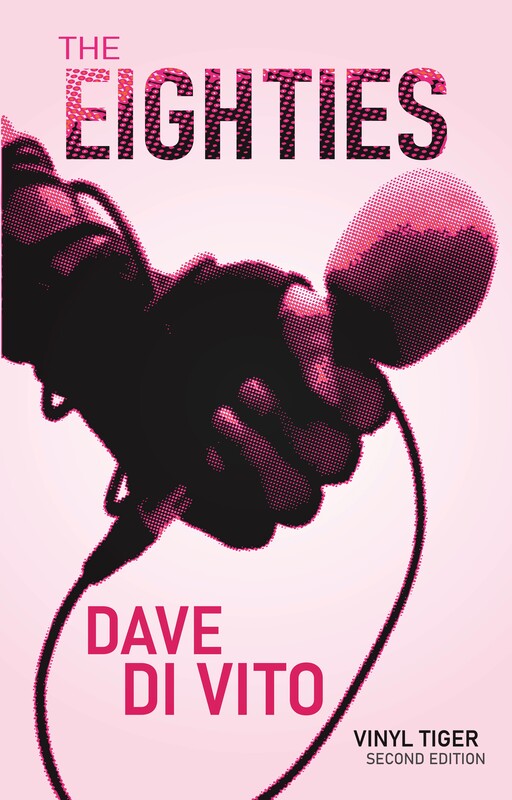|
Heri Dono is arguably Indonesia's most famous artist on the world scene. Indonesia, Australia's northern neighbour, is not widely cited in art circles beyond the Asia Pacific. Instead, read anything about Indonesia and you're likely to be reminded that it's the country with the world's largest Muslim population. Though this may be true, it is a sign of Indonesia's more recent (re)incarnation. It's also the backbone of a world view that is as much a sign of our times as it is of our tendency to simplify the complexity of history and cultures. The Indonesian archipelago has had a long history thanks to its placement within the South East Asian economic routes and was the subject of ongoing fascination of European colonial powers from the 1500s. Indeed, the Portuguese, British and Dutch all had a vested interest in Indonesia, which culminated in the Dutch establishing the Dutch East Indies, a colony (formed mostly of modern day Indonesia) which endured until the end of the second world war. Why the history lesson? Because it's important to understand the context of modern Indonesia through what it endured before declaring independence. This is a complex and fascinating nation that is more than the home to Bali or SE Asia's most important Islamic centre. This is a place that can attest to the effects of colonialism for one thing. A place whose indigenous tribes were studied by Western anthropologists, a nation whose pluralist religious systems (and their associated artistic expressions) contributed much to the West's obsession with ethnography that was rampant throughout Asia. A country whose complexity can't be accounted for by simple titles like most populous Muslim nation. We're talking about an archipelago made up of up to 17,000 islands, at least half of which are inhabited. How do you define that? Heri Dono begins from this view point, and for Voyage/Trokomod goes about turning the traditional ethnographic and political perceptions inside out. But it's not just the external perceptions that get folded in on themselves. Heri Dono is also interested in laying bare the inner divisions that occur in his native country. This is a nation that is riddled not only with divergent cultures and customs, but one that is marked by its own history of occupation and the presence of radicals and separatists (much like many modern nations). So how to go about turning the internal and external on their ear? By entering into the mentality that lies within. And the vehicle is a war horse, suggesting that there's a lot going on within 'Indonesia'. By situating a Trojan horse within the walls of the pavilion, Heri Dodo is representing the beast within and challenging us to explore the nation within and not just beyond its international boundaries. This is no Classical Western war machine. It's menacing like a world power but also incorporates its own soft power ethic by tapping into the Indonesian identity. Think a cross breed of Trojan horse and Komodo dragon (hence the Trokomod label). This ingenious and menacing entity has a hard exterior but is soft on the inside: incorporating traditional local textures like rattan and batik to temper its ferocity and the religious symbols that kept ethnographers so fascinated. They are protected by that iron shell which has its own agenda. Hovering around the beast are the familiar motifs of Heri Dodo's angels who are free to roam, unconstrained.
But what about those canons you see on the Trokomod? Well they function more like periscopes, and here is where the genius exists. It is here that East truly meets West. Peep inside and the ethnographic traditions get flipped: inside you'll spy curios from the Western world. It's a role reversal that suggests that there is more than one world vision on offer should we be prepared to entertain it, and more than one way to place Indonesia in the global context. And thus, Heri Dodo and Indonesia achieve a mix of humour, reflection and the blurring of intercultural boundaries that many of other countries at this year's Biennale fail to. We've all got a lot on our plates, and we're not all in the mood to play, but thankfully, someone has a sense of humour at the Biennale this year. One of my top six picks for Arsenale this year. Was it one of yours?
0 Comments
Your comment will be posted after it is approved.
Leave a Reply. |
Dave
|
|
|
Dave Di Vito is a writer, teacher and former curator.He's also the author of the Vinyl Tiger series and Replace The Sky.
For information about upcoming writing projects subscribe to the mailing list. Dave hates SPAM so he won't trouble you with any of his own. He promises. |






 RSS Feed
RSS Feed